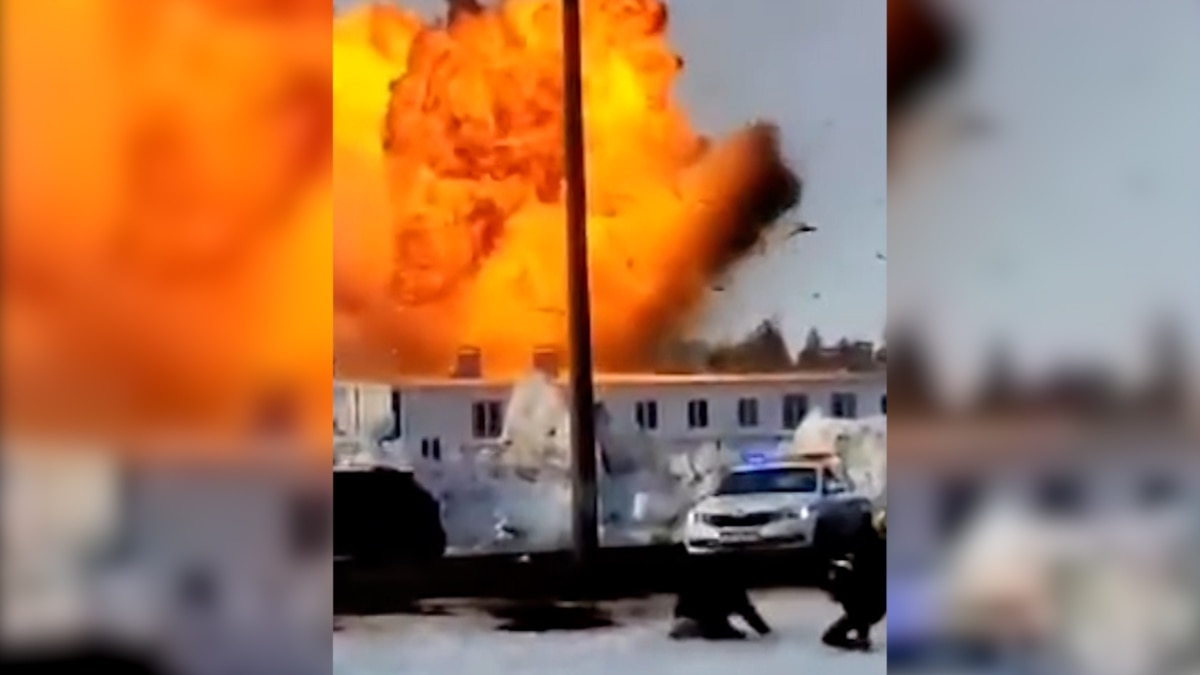
Ukraine has launched a series of drone strikes against targets in Russia more than 800 miles from the border, in some of its deepest attacks into Russia's industrial heartland since the beginning of the war. The Ukrainian drones targeted one of Russia's largest oil refineries and a factory that produces Iranian-designed Shahed drones that have been used on the frontlines. The attacks were the first in Tatarstan, an industrialised region south-east of Moscow, since the beginning of the war. The region's head, Rustam Minnikhanov, confirmed there had been drone strikes against enterprises in Yelabuga and Nizhnekamsk and claimed there was no serious damage or disruption to industrial output.

